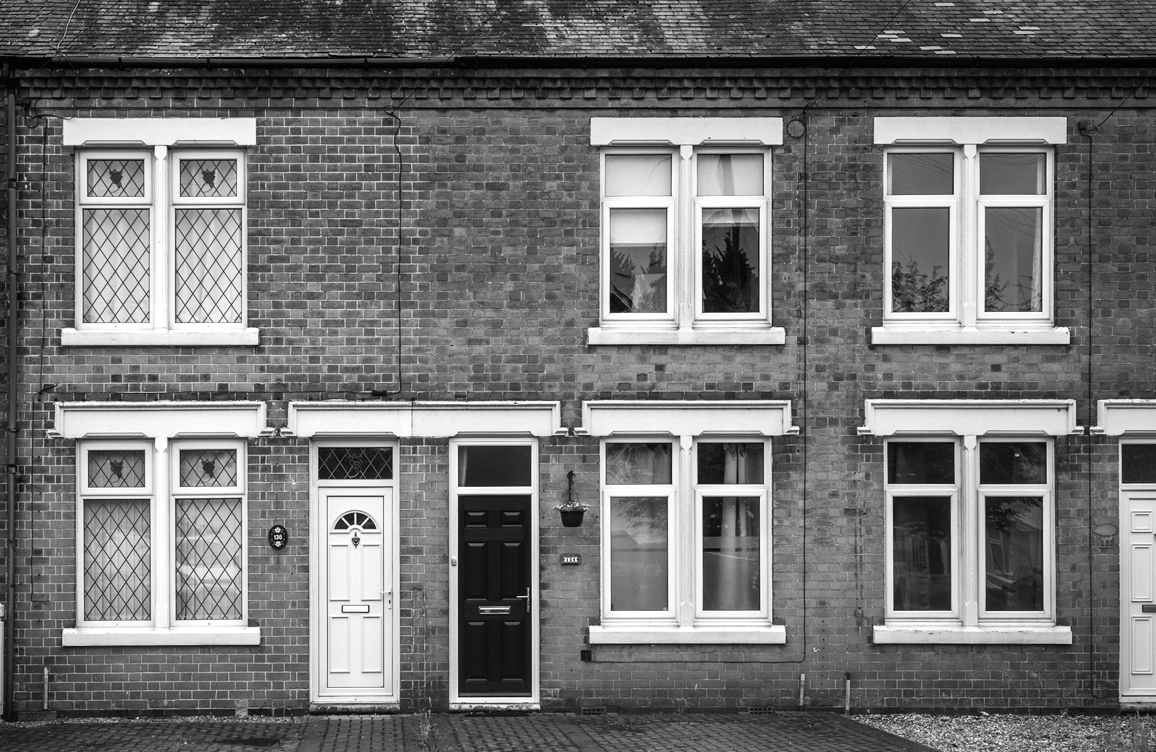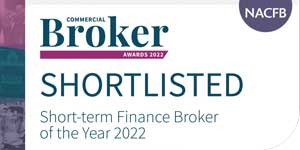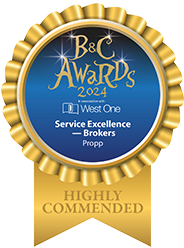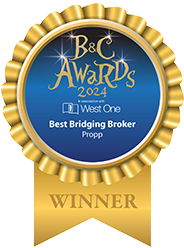Welcome to the world of HMOs!
If you’re scratching your head wondering what these three letters mean, don’t worry! We’re here to untangle the mysteries of HMOs and guide you through this realm of property investment.
Whether you’re a complete novice or already familiar with the term but unsure where to begin, this blog is also for you…
Understanding HMO properties: What Are They?
Let’s start with the basics: HMO stands for “Houses in Multiple Occupation.” In simpler terms, it’s a property rented out to three or more people who aren’t part of one household, such as a family. Think of it as a quirky commune where individuals share the same space, chores, and probably a few laughs too!
You can also get a large HMO. These are homes with 5 or more tenants from different households, sharing facilities.
Unlocking the HMO License: Your Golden Ticket
Now that you know the essence of HMOs, it’s time to dive into the nitty-gritty of the HMO license. Imagine it as a golden ticket that grants you entry into the HMO party. If you’re an aspiring landlord, a valid HMO license is a must-have to legally run your property as a House in Multiple Occupation.
The HMO License: More Than Just Paperwork
But what exactly is an HMO license? It’s not just a piece of paper; it’s a vital legal requirement that ensures your HMO property meets specific safety and amenity standards. From fire safety regulations to proper sanitation facilities, the license ensures everyone in the HMO enjoys a safe and comfortable abode. If you’re considering becoming an HMO landlord, check out the license’s ins and outs to avoid any unwanted legal hiccups.
HMO license requirements vary from council to council, so it can be a minefield to navigate. But, in general, you will need an HMO license if:
- Five or more persons are living there as more than one household.
- Some or all persons share toilet, bathroom, or kitchen facilities.
- At least one person pays rent.
HMO Landlords: The Masterminds of Shared Living
Speaking of landlords, running an HMO property is not for the faint-hearted! HMO landlords are the masterminds of shared living spaces, juggling tenants, maintenance, and paperwork with grace. But fear not, aspiring HMO landlords! With great responsibility comes great rewards, and the world of HMOs offers opportunities for both financial gain and personal growth.
HMO Properties: Where Surprises Await!
HMO properties offer a world of property possibilities. From grand old townhouses transformed into unique living spaces to modern apartments with communal flair, the diversity of HMO properties knows no bounds. If you have a creative flair, transforming a regular house into an HMO property might be just the project you’ve been waiting for!
The Sweet Benefits of HMO properties
Now, let’s explore the delicious benefits of HMO properties:
Increased rental yields: Landlords can charge higher rents per room, increasing overall returns.
Fewer void periods: With multiple tenants, you’ll still receive rent from others while looking for replacements.
High demand: Particularly in cities, students and young professionals seek affordable shared living spaces.
Reduced arrears exposure: If one tenant falls behind on rent, other tenants’ contributions cushion the impact.
Tax advantages: HMOs may offer tax deductibility on more landlord expenses.
HMOs might seem like an enigma at first, but once you’ve dipped your toes in, you’ll find a world of opportunity, camaraderie, and financial potential.
So, whether you’re securing that elusive HMO license or transforming a property into an HMO wonderland, your HMO journey promises excitement and adventure.
Happy HMO-ing!











